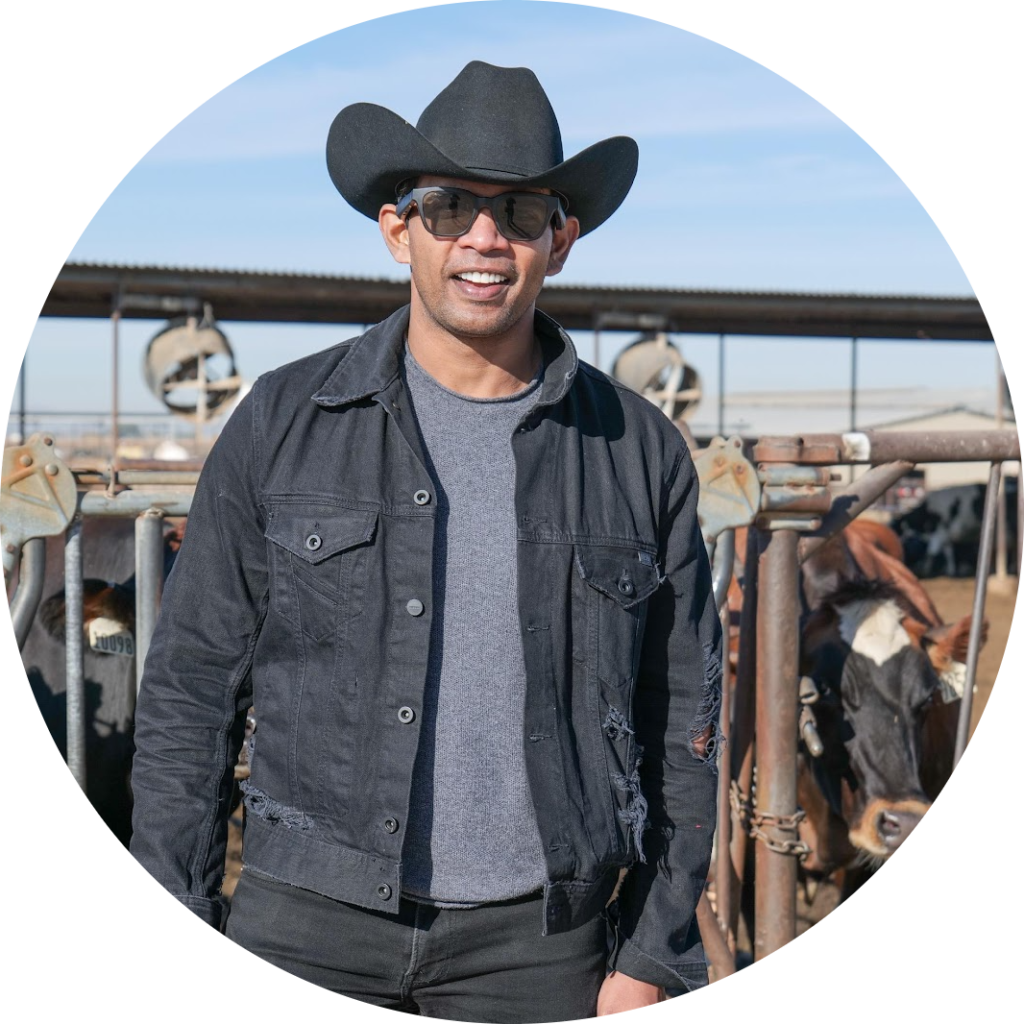Circularity
What is circularity?
In our current economy, we take materials from the Earth, make products from them, and eventually throw them away as waste – the process is linear. In a circular economy, by contrast, we stop waste from being produced in the first place.
Unlike a linear system in which raw materials are extracted, transformed into products, and then turned into waste with little regard to environmental, social, and even economic externalities, a circular model aims to keep materials in the system at their highest value for as long as possible
What is circularity all about?
Circularity is all about keeping materials in use, at their highest value, for as long as possible. The industrial process of turning waste into new products is actually one of the lower-priority strategies in the circular economy model. Integral to the circular economy are feedback loops, whereby products and materials are recirculated through the system. In nature, feedback loops nourish and add value to ecosystems. Take a tree that drops its leaves in the fall. These leaves decompose, feeding microbes and returning nutrients to the soil, where they’ll be reabsorbed by another plant in search of nutrients.
There is a misconception that a circular economy is just a form of waste management or materials recovery. In reality, it is a model for a flourishing economy that minimizes waste as a natural byproduct of its inherent design of feedback loops that restore technical materials and regenerate biological materials
Difference between sustainability & circularity?
Circularity focuses explicitly on the cycling of resources, lessening both our material use and waste to support a healthy planet. Sustainability deals with broader and more general efforts to reduce social, environmental, and economic impact across an entity’s operations.


